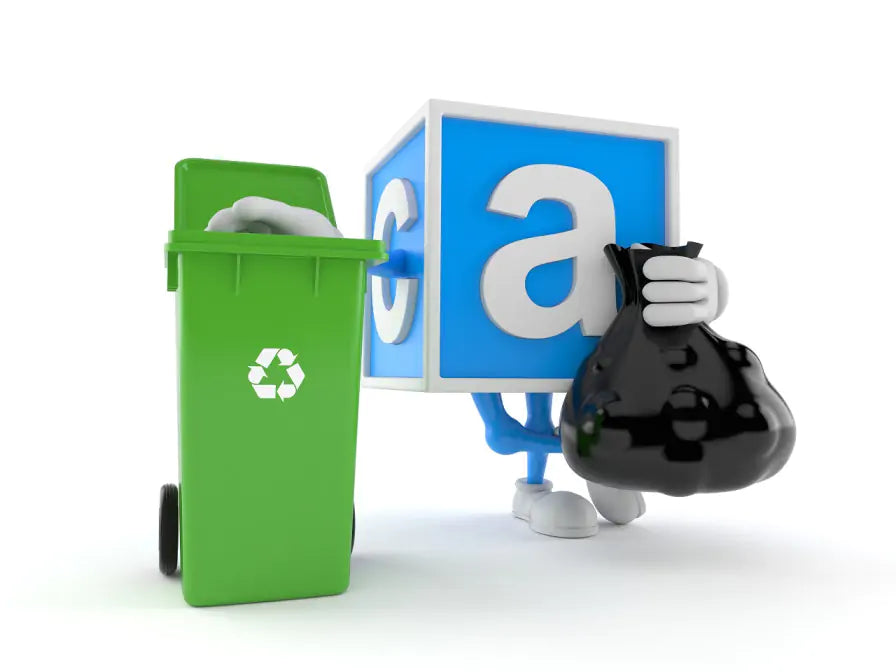OR
Express Checkout

In this series of blogs, we’re going to look at rubbish. From the good, to the bad and downright ugly, we’ll be looking at everything you ever wanted to know, from A right down to Z.

In this blog, we’re going to have a look at biodegradable and recyclable packaging.
Packaging is everywhere in some form or another, and with the growth of services like online shopping, more and more packaging waste is being created. If packaging is made from materials that can’t be recycled or reused, it ends up in landfill, or even worse, it finds its way into the environment. Because it can take an age to decompose (if it ever does), it can cause considerable harm to the environment and to wildlife. This is why it’s so important that we look for biodegradable and recyclable alternatives to these materials.
Examples of biodegradable and recyclable packaging material
Paper and cardboard – It’s reusable, recyclable, biodegradable, and widely available. The good news is that packaging manufacturers are now creating a lot of their packaging products from recycled paper and card.
Corn starch – This is completely biodegradable and it’s ideal for food packaging as it doesn’t contain any nasties that could leach into products. It’s also a good option for making packaging peanuts that cushion items during transit.
Biodegradable plastic – This is being increasingly used in some products like plastic bags and larger envelopes that are used for bulk mailing. Biodegradable plastic starts to decompose when it’s exposed to daylight and it’s a viable alternative to non-recyclable plastics.
Biodegradable and recyclable packaging you can make at home